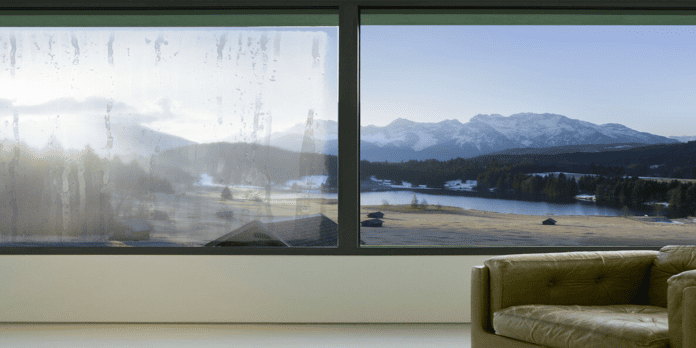Heated glass, also known as thermal glass or electrically heated glass, works by using a thin layer of conductive material embedded into the glass, or applied as a film to the surface of the glass.
When an electrical current is passed through this conductive material, it generates heat. The conductive material is usually arranged in a grid-like pattern, ensuring that the heat is evenly distributed across the entire surface of the glass. This heating process can help to maintain a comfortable temperature inside a building or vehicle, reduce condensation, and prevent frost or ice from forming on the glass.
The amount of heat produced by the glass can typically be controlled using a thermostat or switch, allowing the temperature to be adjusted as needed. Some advanced forms of heated glass can even be programmed to switch on or off at certain times, or in response to changes in the external temperature.
The electrical current required to heat the glass is usually quite small, and the glass itself is designed to be safe to touch, even when it is being heated. Despite the electrical components, heated glass looks and feels just like regular glass, and can be used in the same way.
Heated glass its numerous benefits:
1.Comfort: Heated glass can help maintain a comfortable temperature in your home or vehicle by reducing cold drafts and heat loss during the winter.
2.Energy Efficiency: By reducing heat loss, heated glass can help lower heating costs and improve energy efficiency.
3.Condensation Reduction: Heated glass can help reduce condensation buildup on windows, which can be particularly beneficial in bathrooms or other high-humidity areas.
4.Frost Prevention: In colder climates, heated glass can prevent frost and ice from forming on windows, improving visibility for vehicles and reducing the need for scraping.



